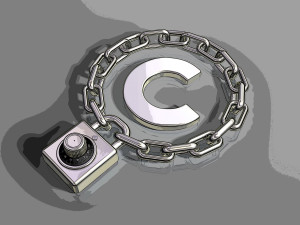 Whether or not your crafts work will be found to have been infringed depends on three factors:
Whether or not your crafts work will be found to have been infringed depends on three factors:
Is your work protected by copyright? Is your crafts work original? Does it meet copyright law standards?
Did the infringer copy the work? You need to show that the infringer had access to your work — that is, saw your work exhibited or advertised — and copied it.
Is the infringing copy substantially similar? The stronger the similarity, the greater the chance that a court will find infringement.
Defenses to infringement
Common legal defenses to copyright infringement are:
-
- more than three years have past between the last act of infringement and the filing date of the lawsuit (the statute of limitations defense)
- there is no infringement; it was a fair use
- the infringement was innocent (the infringer had no reason to know the work was protected by copyright). This may still result in a finding of infringement but with a less harsh penalty.
- the infringing work was independently created (that is, it wasn’t copied from the original), or
- the copyright owner previously authorized the use in a license.
In the event someone infringes your copyright, you can file a lawsuit in federal court asking the court to:
- issue orders (restraining orders and injunctions) to prevent further violations
- award you money damages if appropriate, and
- in some circumstances, award attorney fees.
